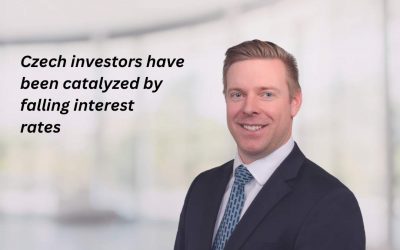Why did Mint decide to go for the GRESB rating?
There had been a lot of talk about the importance of complying with ESG environmental standards, so we started to develop our knowledge about the topic. We approached Steffen Walvius at JLL and had some discussions with him, but the important thing was speaking with our international partners and banks. International investors all told us that ESG is coming and warned it was important to be ready. Assets that meet or are aligned with ESG standards will be more liquid and attractive to international capital and eventually to . . .
------------------------------------------------------------------------------
Subscriber content
Archival content is available to subscribers only. If you have a membership subscription and are are experiencing issues logging in, please try the login below:
If you're interested in reading further, why not gain full access to the archives by subscribing?
Order your subscription here and we'll send you an invoice.
Annual memberships (€100/yr) can also be paid for by credit card, or you can pay month-to-month by clicking here.





